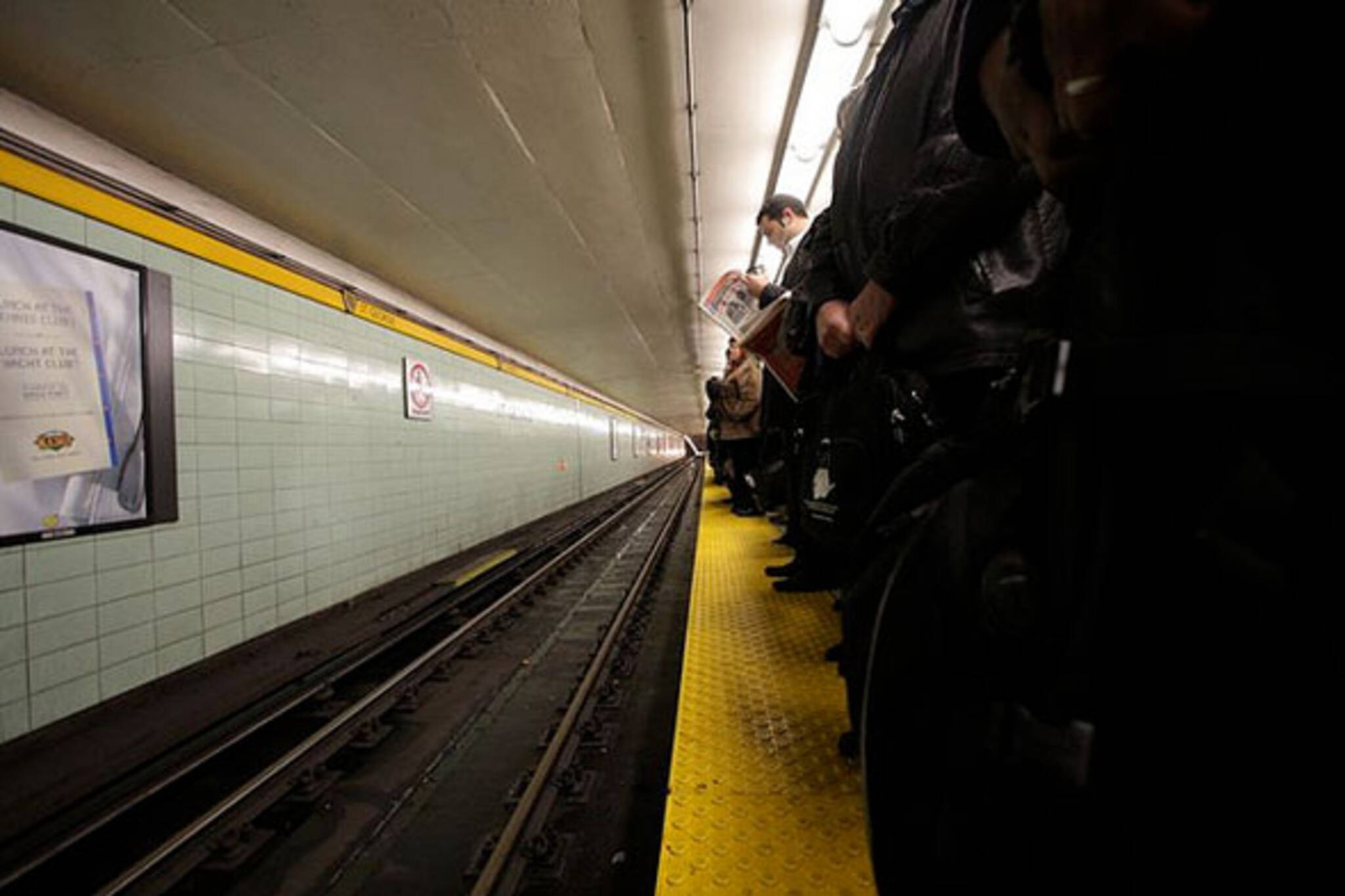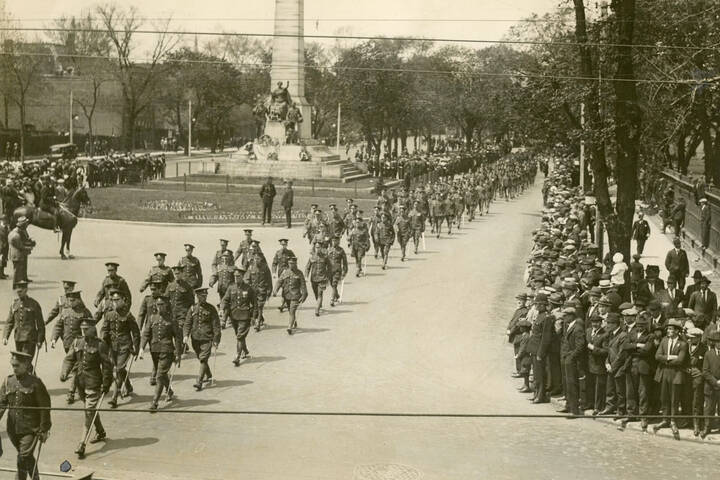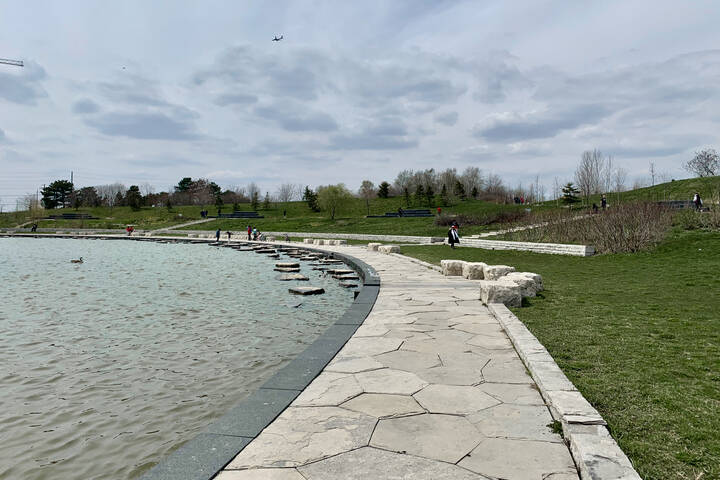
Will Toronto ever get behind transit taxes?
It's become patently clear over the last year or so that the GTA desperately needs to find a way of funding new transportation infrastructure. As Rob Ford will tell you, subway, LRT and bus rapid transit corridors live and die over the amount of money in the pot.
To that end, the Toronto Region Board of Trade today outlined today its ideas for funding the next phase of transit projects, including the Downtown Relief Line, Yonge subway extension, and various GO Transit improvements.
Facing a $50 billion shortfall (spread out to $2 billion a year), the province will likely have to adopt one or more of the Board of Trade's recommendations if anything is going to get built. The benefits are clear: better transit equals lower commute times, higher productivity, lower emissions, and better health.
Here's a breakdown of the charges the Board of Trade is recommending:
- REGIONAL SALES TAX: A 1% tax on top of HST would raise $1.0-1.6 billion annually. For example, a $100 total at the checkout gets kicked up to $113 with HST. Adding a transit tax would make the bill $114. A similar charge is already used successfully in New York City, LA, and Seattle.
- PARKING SPACE LEVY: A $1 tax per space per day targeted at the owners of non-residential parking spaces would bring in $1.2-1.6 billion. This fee could be delegated to the driver paying the meter, however. Melbourne, Montreal, and Sydney already have a similar scheme.
- REGIONAL FUEL TAX: A flat-rate tax of 10-cents a litre on gasoline sales could haul in $640-840 million each year. Also used in Montreal, Vancouver, and New York City.
- HIGH OCCUPANCY TOLLS: Similar to carpooling, high occupancy lanes are free to vehicles carrying over a set number of people. Single-occupancy vehicles are charged a fee to use the lane. A fee of 30-cents per km would reap around $25-45 million. Houston, Orange County, and San Diego use this toll.
The board admits there are no taxes, fees, or tolls that don't have drawbacks or challenges. There will be vocal detractors of any fee but without a way of paying for new infrastructure Toronto will be doomed to gridlock and economic strangulation. One estimate suggests the cost of packed subway platforms and jammed highways could hit $15 billion annually within the next 20 years.
By 2031 the population of the GTA is projected to be around 8.6 million - 3 million more than right now. Without a better transit system, those new Torontonians will simply bring their cars and take up what little space is left at Yonge station during rush hour.
City council will weigh its options in the spring. Are there any taxes you think the Board of Trade is missing, an income tax, for example.
Which of these taxes do you think are the most viable? Do you think a gas tax could ever get the green light?
Chris Bateman is a staff writer at blogTO. Follow him on Twitter at @chrisbateman.
Image: "Rush Hour Congestion" by ariehsinger/blogTO Flickr pool.
Latest Videos
Latest Videos
Join the conversation Load comments







